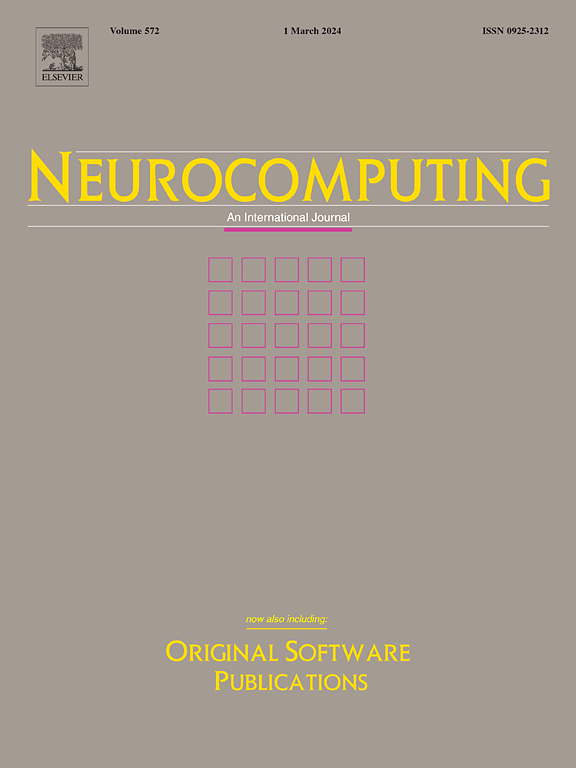TransCMFD: An adaptive transformer for copy-move forgery detection
IF 5.5
2区 计算机科学
Q1 COMPUTER SCIENCE, ARTIFICIAL INTELLIGENCE
引用次数: 0
Abstract
Copy-move forgery is one of the most common image tampering methods. It is a frequently employed method for manipulating evidence or deceiving the public by hiding some objects in an image or replicating significant objects. Therefore, it is crucial to focus on copy-move forgery detection. In this paper, we propose TransCMFD as a new transformer-based model for detecting copy-move forgery. We propose an adaptive transformer encoder and combine the traditional convolution encoder–decoder to capture different global and local features of the forgery image, respectively. This can enhance the model’s comprehension of the impact of forgery across different tampered image regions. To allow the model to concentrate more on the tampered regions that resemble the original regions, we introduce a similarity detection module. Moreover, to enhance the localization accuracy of the tampered regions, we design an adaptive loss function combination strategy that incorporates the DICE coefficient loss and binary cross-entropy loss. We perform comprehensive experiments on both synthetic and four publicly available datasets. The results show that our model has better performance in copy-move forgery detection compared to baseline methods, and it has remarkable robustness to some common image attacks such as noise addition attacks, image blurring attacks, and color reduction attacks.
transmfd:用于复制-移动伪造检测的自适应变压器
复制-移动伪造是最常见的图像篡改方法之一。这是一种常用的通过在图像中隐藏某些物体或复制重要物体来操纵证据或欺骗公众的方法。因此,关注复制-移动伪造检测是至关重要的。本文提出了一种新的基于变压器的复制-移动伪造检测模型TransCMFD。我们提出了一种自适应变压器编码器,并结合传统的卷积编码器和解码器来分别捕获伪造图像的不同全局和局部特征。这可以增强模型对不同篡改图像区域的伪造影响的理解。为了使模型更专注于与原始区域相似的篡改区域,我们引入了相似度检测模块。此外,为了提高篡改区域的定位精度,我们设计了一种结合DICE系数损失和二值交叉熵损失的自适应损失函数组合策略。我们在合成和四个公开可用的数据集上进行了全面的实验。结果表明,与基线方法相比,我们的模型在复制-移动伪造检测方面具有更好的性能,并且对一些常见的图像攻击(如噪声添加攻击、图像模糊攻击和颜色还原攻击)具有显著的鲁棒性。
本文章由计算机程序翻译,如有差异,请以英文原文为准。
求助全文
约1分钟内获得全文
求助全文
来源期刊

Neurocomputing
工程技术-计算机:人工智能
CiteScore
13.10
自引率
10.00%
发文量
1382
审稿时长
70 days
期刊介绍:
Neurocomputing publishes articles describing recent fundamental contributions in the field of neurocomputing. Neurocomputing theory, practice and applications are the essential topics being covered.
 求助内容:
求助内容: 应助结果提醒方式:
应助结果提醒方式:


